I’ve never really subscribed to the sayings “where does the time go?” or “where has the year gone?”, but both have been positively ubiquitous recently. Saying that, I am sat here in August thinking, “where did July go?”
The month started with mixed weather, cool nights, some sun, some cloud, rain on days it wasn’t forecast, and vice versa. Really mixed weather. June fishing was good in general apart from the algal bloom issue, and although we knew silly season was upon us, the hopes for July were still high……it didn’t disappoint. This was certainly the case once we’d had a flush through on the 5th of July, followed by one on the 10th that really cleared out the riverbed-hugging silk weed that had posed such a problem of the previous few weeks. By the 16th anglers were reporting it had all but gone. In between the flushes the river dropped fast, within a day or two returning back to normal levels. Yes it held its colour on the first flush (probably due to the accumulation of surface dust and silt over time), but the second flush, although longer to drop, shed its turbidity quickly. Whilst in winter a warm coloured flood is nearly always good, a rising river in summer can kill some fisheries (and even individual swims), but in turn can trigger others to fish well.
Between spates there were reports of algal blooms returning during the hot & sunny spells, but they didn’t really take hold and, by the second half of the month, the river cleared to its more familiar gin clear conditions of summer. Sadly, this revealed a distinct lack of ranunculus beds – whilst this is possibly related to the algal blooms causing reduced light levels in the water column, the unprecedented high and sustained floods of last winter may have had an effect? One can only imagine how the pressure could ‘rip out’ any gravel root bed over time. This said, ranunculus volume has been decreasing for some years, even without any notable heavy flooding - is there some other cause then? The absence of this vibrant green weed, waving hypnotically to the current, is concerning on many levels. For me it’s always a part of a summer Wye, the columns of weed reaching down into the depths, the white flowers covering the surface from bank to bank in some places - you felt you could almost walk across it in places. For the birdlife it’s a source of food and for the fish too. Most importantly perhaps, it’s such a vital form of sanctuary for reproduction and cover from predators. Rightly or wrongly, this is one of the reasons I like to see heavily treelined banks as an alternative. In the past yes, the banks of the Wye were heavily managed and often tree-less on the most prolific salmon fisheries, but of course the weed was there then, and even underwent cutting as part of fishery management.
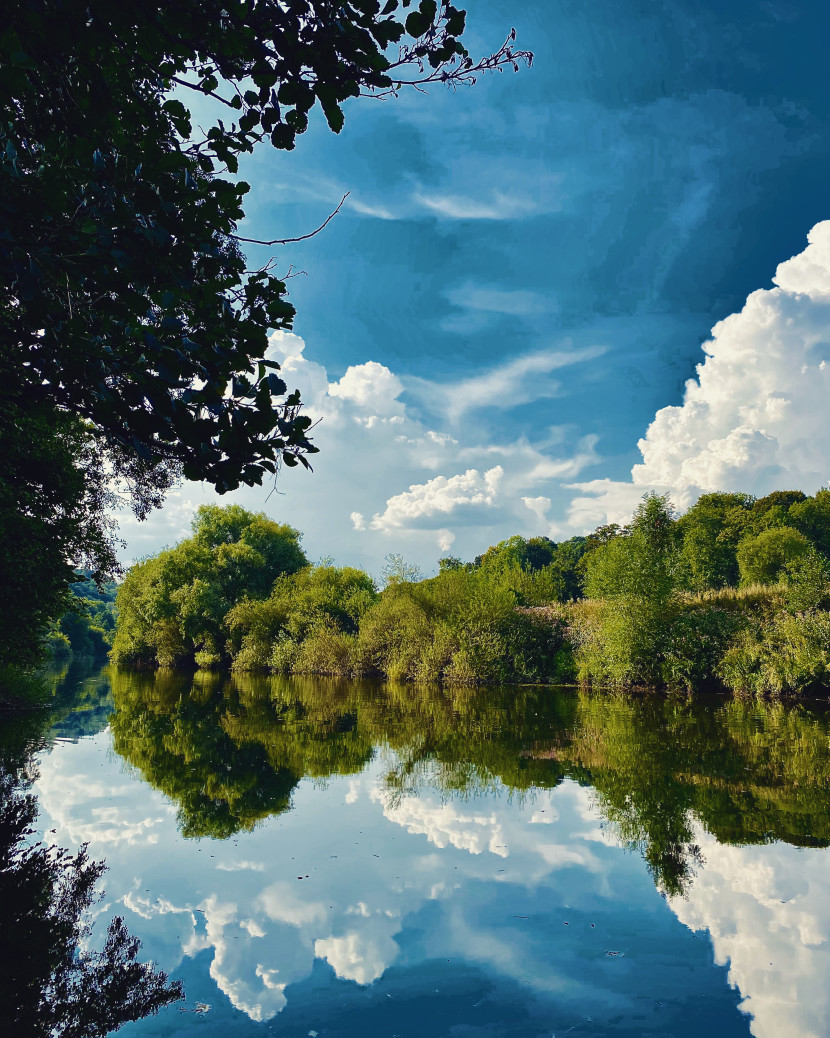
For those who may think we’re lazy, this is just another reason some fisheries leave their banks as wild as they are. One of the long term concerns might be bank erosion, or even deposition. Would the weed slow flows down causing less bank erosion, or the lack of weed allowing flow on a more direct course in the channel, this perhaps leading to faster flows causing more erosion? I should know with a degree in fluvial morphology, but I spent too much time thinking about fish and fishing for them to be honest!
Refreshingly, there have been fewer complaints of poor access so far this season. Of course there are some excellently managed fisheries such as Holme Lacy 4 and the Elms, and Holme Lacey 3, but there’s always a few left more undisturbed than others. One of the fisheries Angling Dreams manages, also available through The Fishing Passport, has been one of those that has received criticism. Admittedly, the write up of the fishery promised more attention this season. Despite best intentions back in January, obvious circumstances (i.e. record floods) meant there was little we could do in the way of beat maintenance before June 16th. In the past I felt there were too many swims on this fishery anyway, the majority not used, but still we aimed to improve the more productive ones. Apologies to those who found this not to be the case.
Here is a short film I made about the Thomas Wood beat and its access.
On to the fishing, and what’s been stand out is the sheer amount of chub caught. S. K. from Sutton Coldfield stated “in 40 years fishing I have not had chub of the size and quality as I have had today.” Here follows a list of the chub catches of the month – it’s simple, but still illustrates the point.
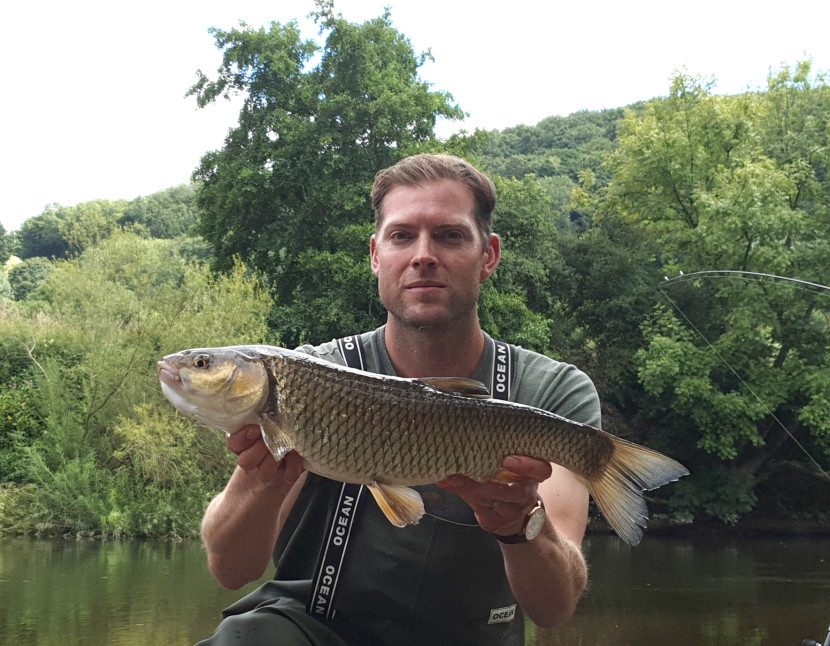
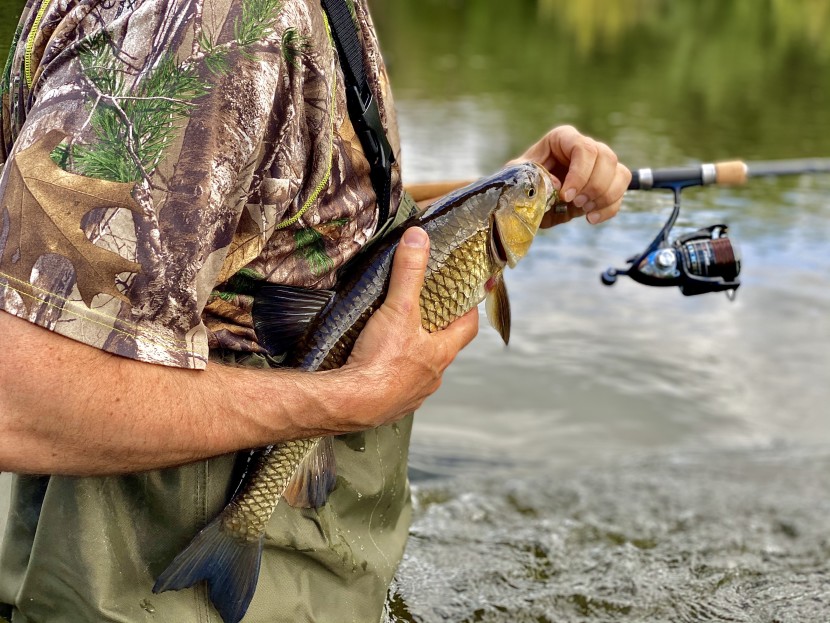
3/7 - Holme Lacy 4 & The Elms - 24 : Whitney Court - 25 : The Creel - 32
4/7 - Fownhope 5 – 52
6/7 - Strangford – 17
7/7 - Holme Lacey 3 – 42
8/7 - Holme Lacey 3 – 43
10/7 - Lower Canon Bridge – 14 : Dean & Chapter – 11 : Fownhope 5 – 13
12/7 - Dean & Chapter – 25
13/7 - The Creel – 23 : Fownhope 5 - 25 & 29
14/7 - The Creel – 35 : Dean & Chapter – 14 : Fownhope 5 – 65 (30 odd chublets but still chub).
15/7 - The Creel – 27 : Lower Carrots and Luggsmouth – 20
16/7 - Fownhope 5 – 23 : Foy Bridge – 17
17/7 - Fownhope 5 – 35
19/7 - Strangford – 25
20/7 - Middle Hill Court – 30
Many of the fish must be chublets but still, these quantities are quite startling. The reason? Well perhaps it may have something to do with the floods – we had anglers catching them in the fields back in February you may recall. Did the floods provide cover in the trees and other structure that they normally wouldn’t? Although the low conditions of summer 2018 were concerning due to low oxygen levels, fry and young fish thrive on this and I’m lead to believe those conditions are perfect for survival rates – I guess this is the result?
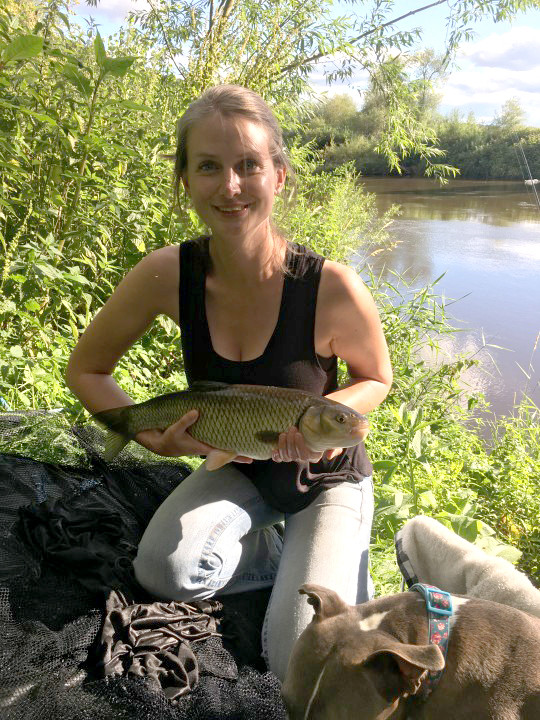
You also may recall that I wrote about some big chub coming through the last couple of seasons – I suggested we may be in for a couple of bumper winters. Whilst plenty of 4lb + fish were reported, there were some real stand out fish of 5-12 from Holme Lacey 4, 6lb from Canon Bridge, 5-1 from Dean & Chapter, and 5-5 from Foy Bridge. Huge chub for the Wye and I’m sure any chub fanatic would love to encounter these fish in the winter.
Conversely, barbel catches have been patchy, and perhaps a little down on previous years. Have the winter floods affected them negatively? Encouragingly, where the barbel fishing has been good it’s been as good as we expect, with plenty of reports of multiple catches and from all fisheries at some point or other. What’s been most apparent from the Fishing Passport catch reports and from anglers in the shop, is how different baits and methods have been the difference between catching or not. One angler reported the following – “lots of small taps that were difficult to hit, but when I did, they turned out to be barbel! Not a single typical rod bending barbel bite all day. First fish on luncheon meat, the rest on pellets.”
I may go into detail on this in the winter when things slow down, but for now here’s the last month’s bait pattern in a nutshell;
Moving baits e.g. float fished or rolled/trundled were the most effective early season without doubt. If fishing a static bait during this time, meat outfished everything. During and following the second spate of the 16th July, and the 10” rise of the 20th, Robin Red pellets were clear favourites, highlighted by float fishing seeming to literally switch off. Towards the end of the month, as it got low, clear and with fine weather, small pellets (6/8mm) fished delicately were second to sweetcorn, which outfished everything as the month turned to August.
Interesting stuff, and I’m keen to see the pattern as the summer goes on – I’ll report back.
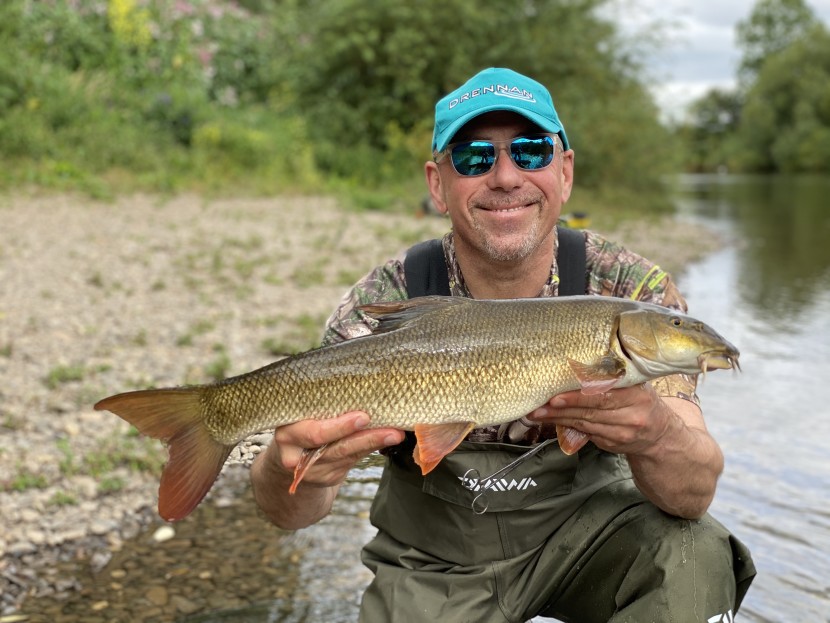
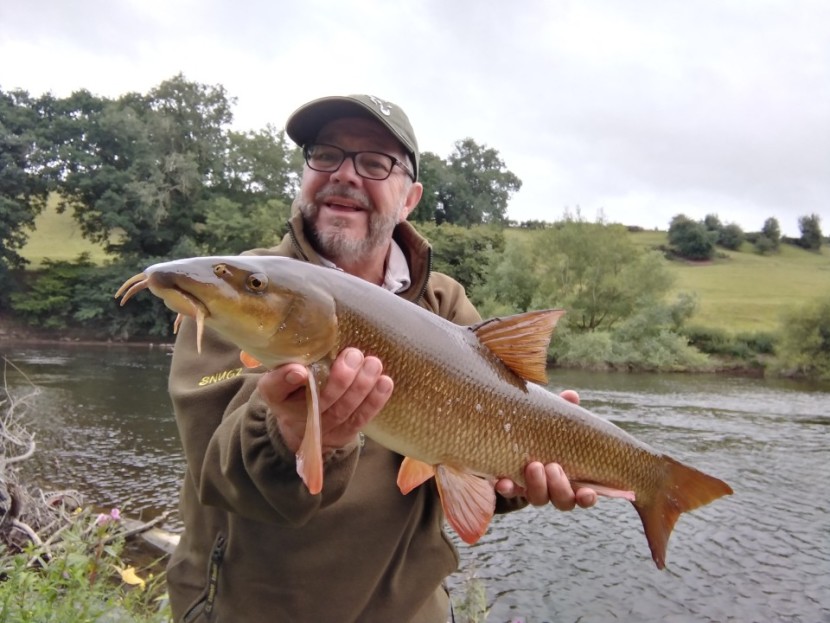
On the quiet days, it was noticeable how an eel or two would put in an appearance. There’s certainly been a lot of chatter about this fish in reports from anglers. Looking back through my reports here they seem to have been on the rise each year. It is encouraging of course for this endangered species, however unwelcome they can be for anglers, and personally I’d like to see more stable weather conditions for a few years before celebrating their return – my point being I think in the drought of 2018 many ditches, pools, drains etc dried out and so they moved to more reliable water volumes and perhaps, following the floods of last winter, many were washed out? Who knows. What backs up the numbers without these annual climate changes it that the elver run on the Severn has been better than for many a year.
Following the floods we did expect to see a few river carp, none perhaps of the quality that have come out at Monmouth – resident specimens into 30lbs have been caught there. Instead, smaller fish but not to be sniffed at. On the 3rd MB at Fownhope 8 must have thought they were into a record barbel until an 18lb common carp flopped over the net. Other fish were caught too, mid doubles both common and mirror. These fish no doubt get washed in from lakes, garden ponds etc during the floods. It’s a common occurrence post flood. Most never make it through the next flood in the river, but some take up residence and grow into huge, desirable monsters such as the ones from Monmouth.
Some of you who use social media may share the experience where one can get involved in political dialogue without even realising it’s happening. Social media can be a dark place, and sometimes it’s easy to forget where you are. A recent experience for me was responding to a very apparent push for the right to roam on all land and waterways in the UK. Whilst there may be a point there, I am really only concerned with the Wye. Apparently, almost everyone else involved in RTR, other rivers, hiking, camping, canoeing, is not. Of course I could be biased, but the Wye is the only river in the country that has SSSI, SAC and AONB status. Yes, all rivers are important, but the Wye and its catchment is unique. Ross on Wye is known as the birthplace of tourism and it was voted Britain’s favourite river in 2010. It’s arguably the premier coarse fishing river in the country and has always been renowned for the quality of its salmon fisheries. I don’t want to wallow in the negativity we’ve been through for years, months, and even today, but following lockdown we’ve experienced a whole new level of human interaction, and a subsequent lack of accountability that is deeply worrying. In short, the infrastructure is not there to cope with how people have been using the river the last few months. From parking to toilet facilities and the emergency services when something does go wrong (and it will), there is a clear gap in responsibility. Here is the chance to avoid accidents and environmental damage, but there appears to be no one in charge – the result is the Wye has become a free for all.
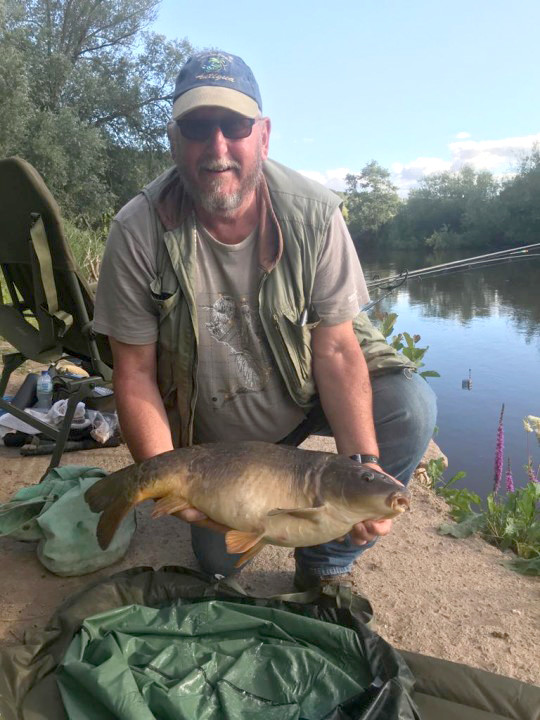
Solutions? Yes, blame may have been on canoe companies in the past but I’m sure they are as concerned right now. The value of the river is being cheapened by uneducated individuals on inflatables, and the behavior that goes with it. They are not just using the river during the usual hours of 9 to 5, instead the presence is from dawn until dusk - wild camping, defecating, littering etc, and they do not like being educated of their potential impacts. The result is the paying canoe customer is not getting the experience they were once sold, and although the hire companies were encouraged to lead by example for some years via a code of conduct, it clearly wasn’t enough. Well, now’s their chance to lead by example and get a hold on things I feel. This river is better off with visitors under a managed schedule and trust me, the alternative is sickening. To sum it up, we are ruining the very thing that brought us here in the first place.
Here’s a couple of notable bits of feedback from anglers with reference to the problem:
“The only irritation were inconsiderate paddle boarders some of whom passed by going downstream and then returned upstream only to get off their boards and wade upstream through the faster flowing water shouting and hollering showing a lack of consideration for anglers.”
“Lockdown is definitely over as the amount of canoes was annoying to say the least, they started at 7am. I am sure the fish are used to it (just anglers are not) and most canoe occupants are respectful however it baffles me why people feel the need to blast their radios in the beautiful scenery. Also some people decided to wade and swim down rather than use the kayak so it needs some mental adjustment to fully enjoy the fishing!!”
You’d think a sure fire way to get away from it all may be stillwaters but, it seems, the general public have found their way to every quiet corner of the countryside. This said, a couple of the passport fisheries provided some excellent sport for a few - Stockley Pool giving up plenty of carp to good sizes, and a lovely report from Pant Y Llyn, where carp reside at the highest altitude known in the UK.
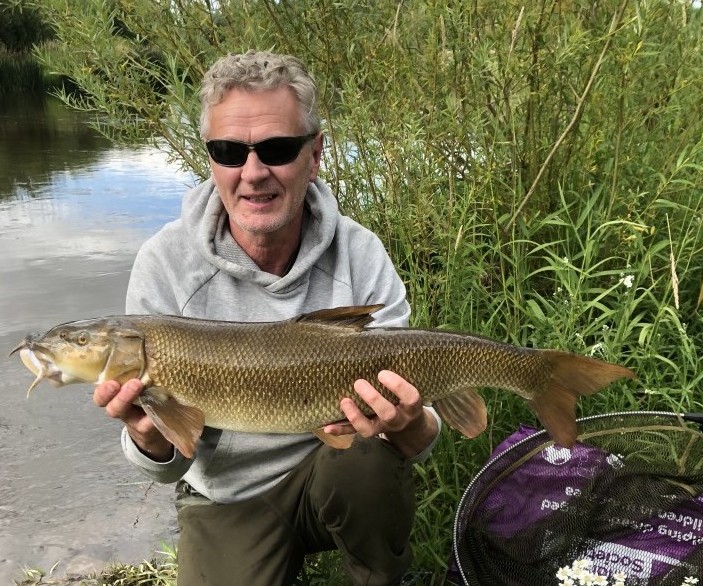
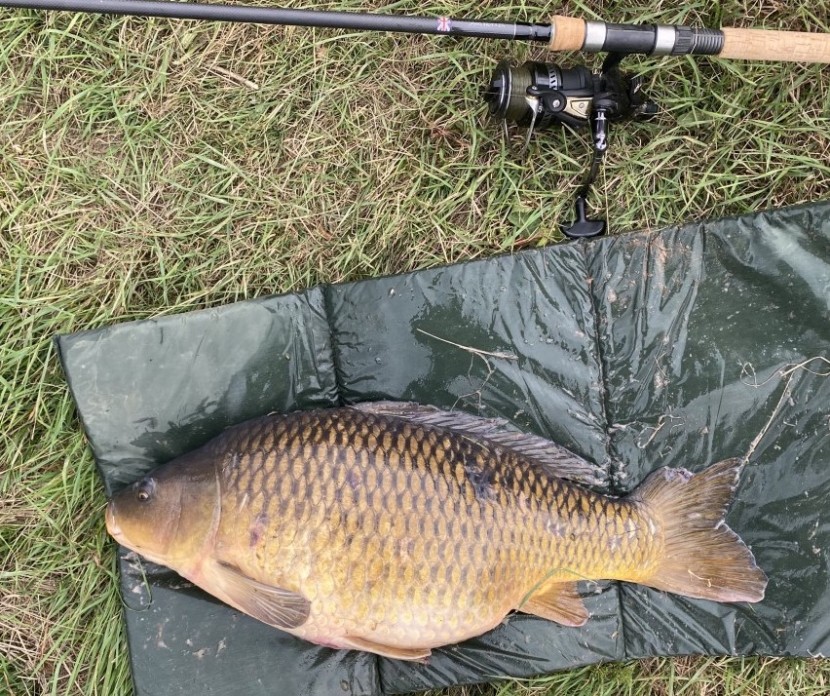
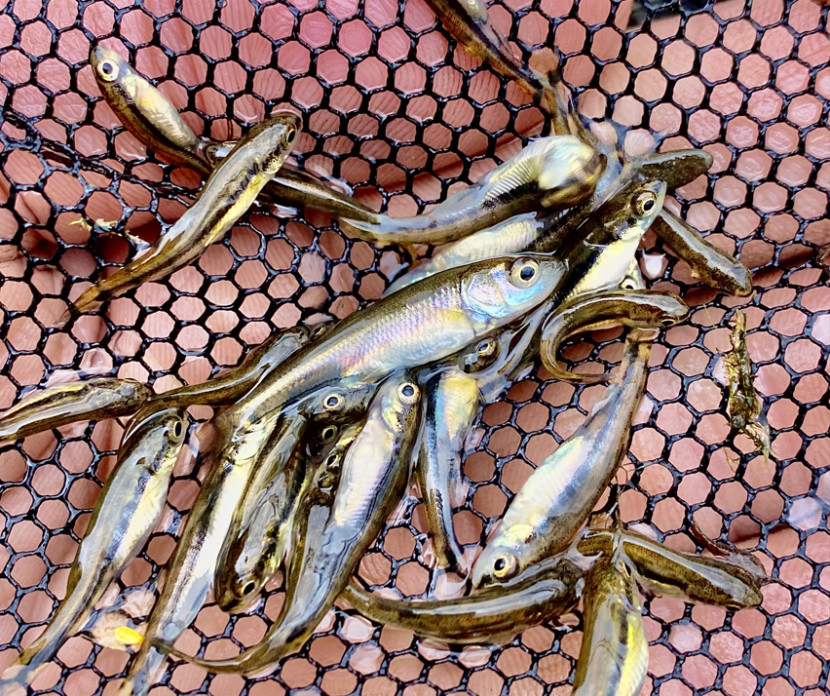
You’d think a sure fire way to get away from it all may be stillwaters but, it seems, the general public have found their way to every quiet corner of the countryside. This said, a couple of the passport fisheries provided some excellent sport for a few - Stockley Pool giving up plenty of carp to good sizes, and a lovely report from Pant Y Llyn, where carp reside at the highest altitude known in the UK.
Going forward, the valley will no doubt be busy for a few weeks still, and if you can’t stick sat in one spot waiting for the fish to come to you, then I always recommend a roving approach, just as the angler below reported:
K. C. from Leeds
Thursday 9 July 2020
Area:Middle Wye
Beat:Middle Ballingham & Fownhope No.8
Fishing:Coarse
No. of Anglers:1
On my own for the last two days so fancied a bit of a roving day as the river was coming up again. Started at the top croy and ended up at the bottom meadow and caught barbel in every swim. Super day with 10 barbel to show for it.
10 Barbel, 4 Chub
I’m going to leave you with a few comments and feedback that made me smile. When you read “Thanks all for the opportunity to get out” to “just a wonderful day”, it’s a reminder that we have to look beyond the ‘Aldi Armada’ and really appreciate what we have.
N. W. from Sale
Friday 10 July 2020
Area:Lower Wye
Beat:Middle Hill Court
Fishing:Coarse
No. of Anglers:2
First time back on this lovely stretch for 5 years , it’s changed a bit naturally. I had a nostalgic walk up to the vanstone tree peg as my dad sat there and watched me fish there back in 2012 when it was part of the beat... not with us anymore god bless him.
To the fishing.. river pushing through with lots of blanket weed but that is a couple of the challenges that you have to combat fishing this river ... 1 eel, 4 chub and 7 pristine barbel topped with a 9lb 4oz .. 1 of my favorite beats this regardless of the conditions.. I’ll be back!
7 Barbel, 3 Chub, 1 Other
S. D. from Alcester
Wednesday 15 July 2020 (2 weeks ago)
Area:Middle Wye
Beat:The Creel
Fishing:Coarse
No. of Anglers:1
Great to be back at the Creel. Always a pleasure to fish this stretch of the Wye. Still one of my favourite venues summer or winter because of the good head of big willing Chub and many swim choices too. Caught plenty of them on the float using bread or meat up to 4.5lb, they seem to go nuts on the loosefed hemp, fighting like crazy to get to the snags, fun on lighter tackle. River was a nice level and colour, thousands of fry down the sides. Whilst the river level is as it is, I cant resist trotting. Funny to see the mandarin ducks chase the float down the river too, comical. Also managed two nice barbel at the end of the day. Perfect day out the office. Thanks again WUF for access to this beat.
2 Barbel, 27 Chub
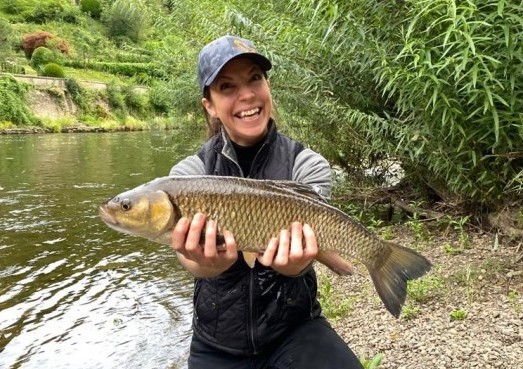
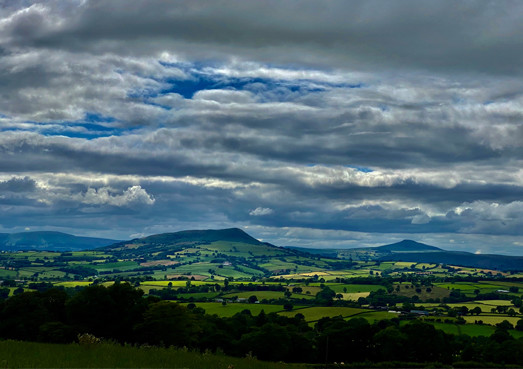
Don’t forget, the shop is open 7 days a week at this time year, so come and see me or one my colleagues if there’s anything we can do to help. In the meantime, you can follow us on all the usual social media by searching for Angling Dreams.
Until next month, good luck and enjoy.
Adam
Adam Fisher is a coarse and game fishing instructor and guide with a wealth of experience fishing the Wye. He also writes for magazines such as 'Improve Your Coarse Fishing.' For more information can be found here.